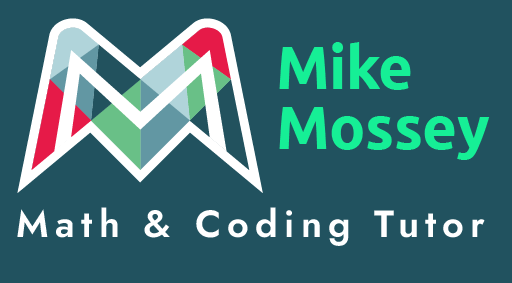Tutoring methods that work
You can feel confident when working with me that my tutoring methods are backed by science. They’ve been tested and shown to work.
The key ideas I use are:
- “No Pain = Gain”
- Embracing Confusion
- Taking Breaks
- Flash Cards for Retrieval Practice
- Clarifying Your Questions
- Teach Someone Else
Let’s explore these ideas.
“No Pain = Gain”
You’ve heard the saying “no pain, no gain.” While that might be true for weightlifters, the opposite is true for learning. Being relaxed and at ease makes learning easier and makes it stick.
I’ll always be calm and patient with you. A relaxed state helps reduce stress. Stress can interfere with memory and learning. Studies have shown that a relaxed state can improve memory and retention of information.
Embracing Confusion
You may fear confusion. You may take it as a sign you don’t understand the topic. But confusion is normal when learning something new. When trying to match new material to your existing understanding you can experience “cognitive dissonance.” This is an uncomfortable state where what you expect clashes with what you’re learning. If you can relax with confusion, you’ll have new insights. Learning will be more enjoyable.
Taking Breaks
Our brains are quite amazing. Even when we’re not actively focused on learning new information, our brains are still processing it. When you take a break, you help your brain to consolidate your learning and make it more permanent.
Breaks actually speed up learning. A researched method of managing your time called the Pomodoro Technique involves frequent breaks. Studies have shown it can improve productivity and reduce stress.
Flash Cards for Retrieval Practice
When you first learn something, you might forget it soon afterward. But each time you try to bring the information back to mind, you’ll remember it a little longer.
That’s why testing yourself with flash cards regularly will help strengthen your memory.
This is called “retrieval practice.” You practice retrieving the information from your memory.
Clarifying Your Questions
It’s helpful to actively seek and identify areas you don’t understand yet and write out what questions you have about these areas. This is a type of “self-explanation” or becoming a teacher to yourself. You identify gaps in your knowledge, relate new information to what you already know, and identify misconceptions.
Teach Someone Else
I’ll have you explain new knowledge back to me in your own words, even pretending that I’m the student and you’re the teacher. Studies show that this helps you gain a deeper understanding of the subject matter. When you put your mental concepts into actual words, you’re practicing actively recalling and shaping the information. Then you can get feedback from me.
Read more
If you’d like to see where my ideas come from or dig deeper into these topics, please see these sources:
Make It Stick: The Science of Successful Learning by Peter C. Brown, Henry L. Roediger III, and Mark A. McDaniel
Mindset: The New Psychology of Success by Carol Dweck
The Protégé Effect: How Teaching Others Can Improve Your Own Learning, a study by Elizabeth Newton and colleagues

